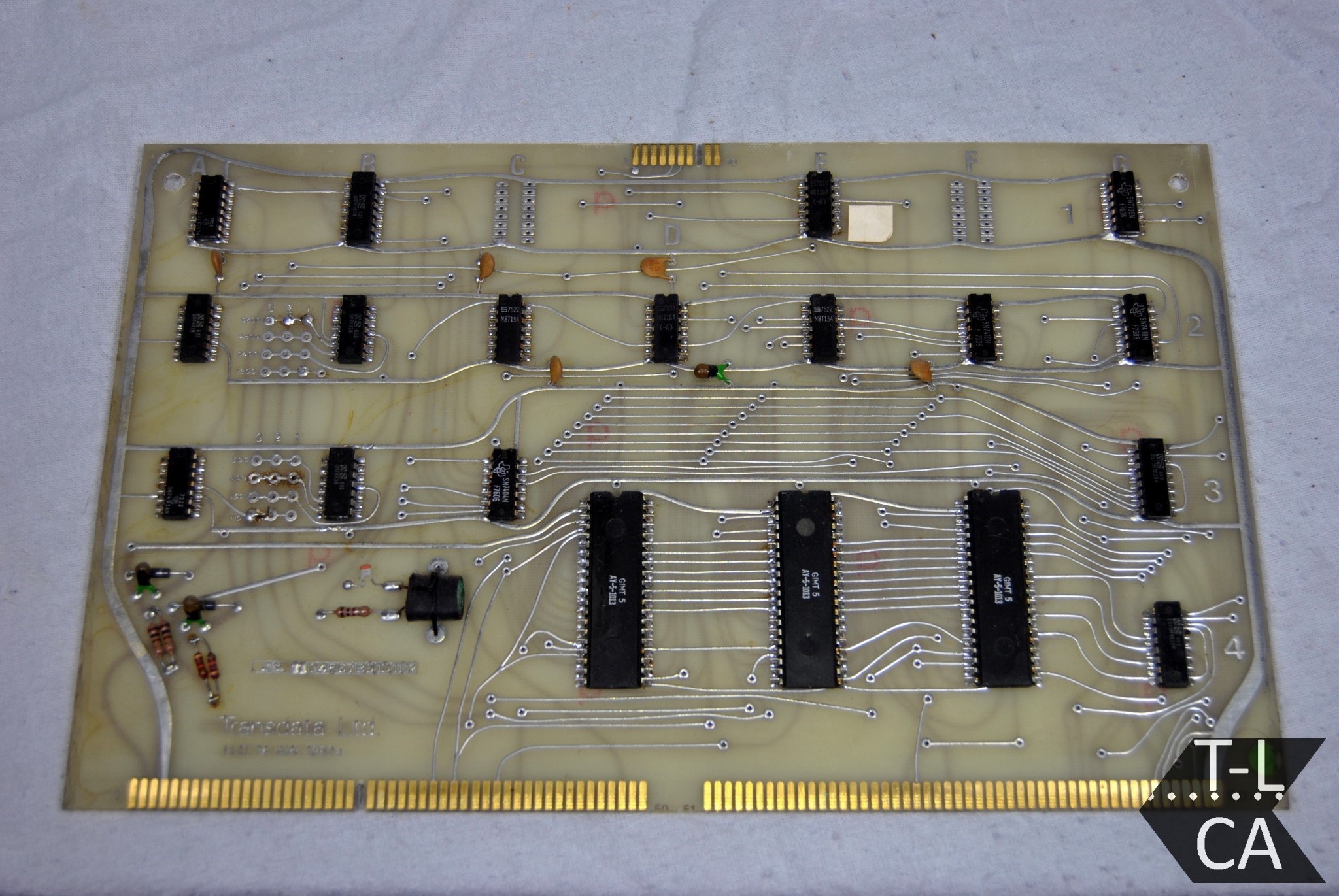

The whole thing closed up (it had a fold-down keyboard) and Osborne pointed out that it could fit under an airline seat. It came with lots of software, worth almost as much as the machine itself. The Osborne 1 had 64K RAM, dual floppy disk drives, and a five-inch screen. And since it had no power supply (there was an optional battery pack that would give you an hour of use), it couldn't be used just anywhere. Released in 1981, it weighed 23.5 pounds - easier to tote than the IBM 5100, but still not something you'd actually carry in your lap. The Osborne 1 sometimes gets the distinction of being the first commercially successful portable computer. Is it just about size? Ease of portability? Or do things like a rechargeable battery or screen size make a difference? Which one qualifies as "first" in the flurry of IBM competitors in the early 1980s is a difficult one, too. There's some question about what makes a laptop, a laptop. Read on to learn about the first one of those. But when you first saw this question, you were probably thinking of a laptop. So maybe we should reassess the term "portable." Portable computers still exist - they're too big to be called laptops and plug in instead of relying on battery power, but they're far easier to transport than a desktop.
#TRANSDATA ORIGINAL PORTABLE COMPUTER UPGRADE#
There wasn't much else available at the time in terms of a personal computer (it was all about the mainframe), and nothing that was as powerful in such a "small" and portable package.ĭespite these achievements, the hefty price tag made it a tough sell, and you couldn't really upgrade it. But you might have guessed that the 5100 wasn't built for fun IBM intended the computer to be used by scientists and programmers. Pricey by today's standards, and that was in 1975. The 16KB RAM model with just APL sold for $8,975, while the 64K model with both operating systems hit at $19,975. You could get it with up to 64KB of RAM, and either APL or BASIC (another programming language) operating systems, or both. The IBM 5100 was a single unit with a 5-inch CRT display, a keyboard, a 200K tape drive for storage and a processor. Two years later, it released what is often considered the 5100. ( APL is a programming language that has since been replaced by A+.) In 1973, IBM designed a prototype computer called SCAMP, which stood for Special Computer APL Machine Portable. You wouldn't have wanted it on your lap, but that wasn't the idea. There are laptops on the market (sometimes known as ultraportables) that weigh around 2 pounds, but the computer widely thought of as the first portable weighed in at nearly 53 pounds.


 0 kommentar(er)
0 kommentar(er)
